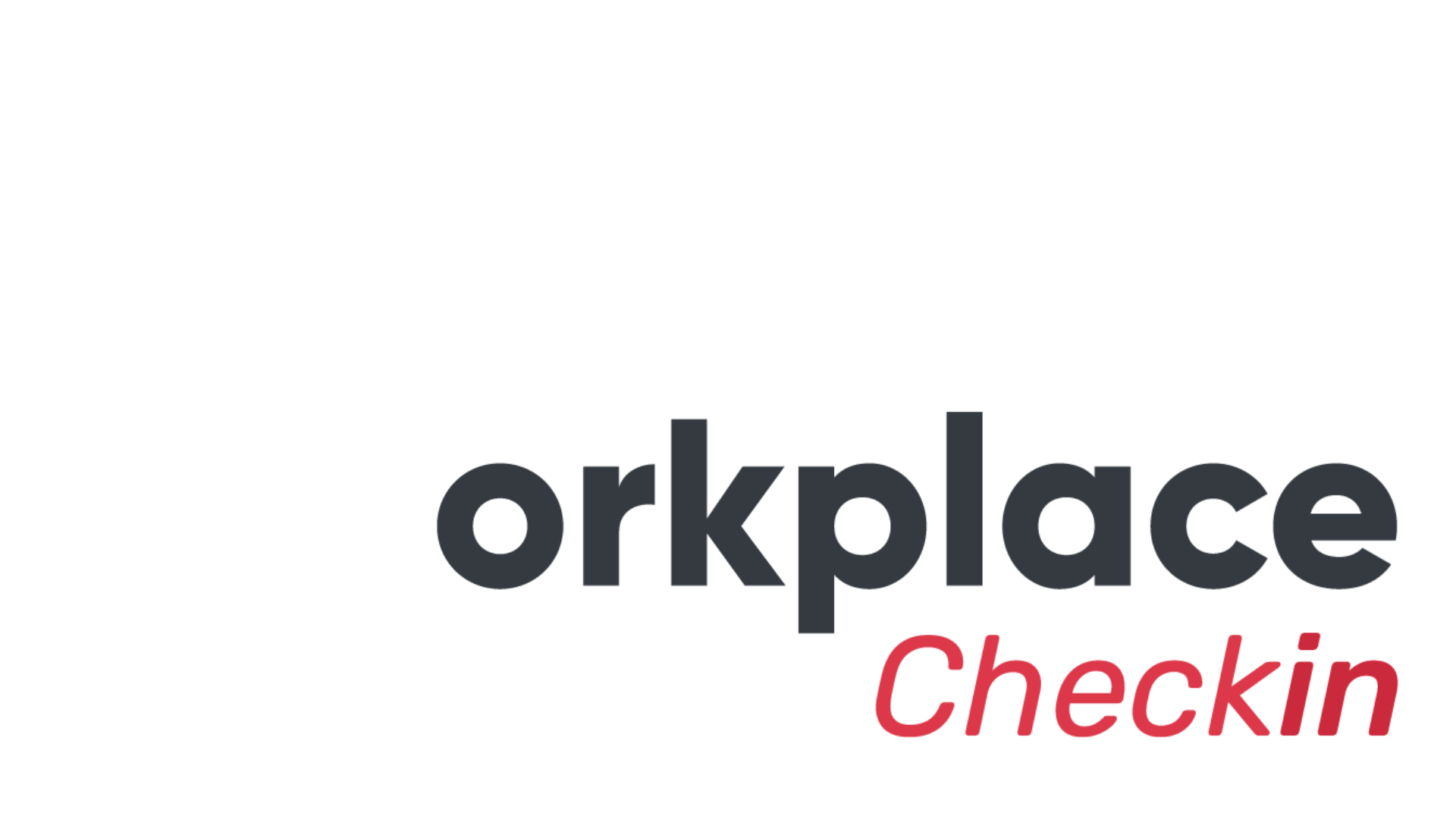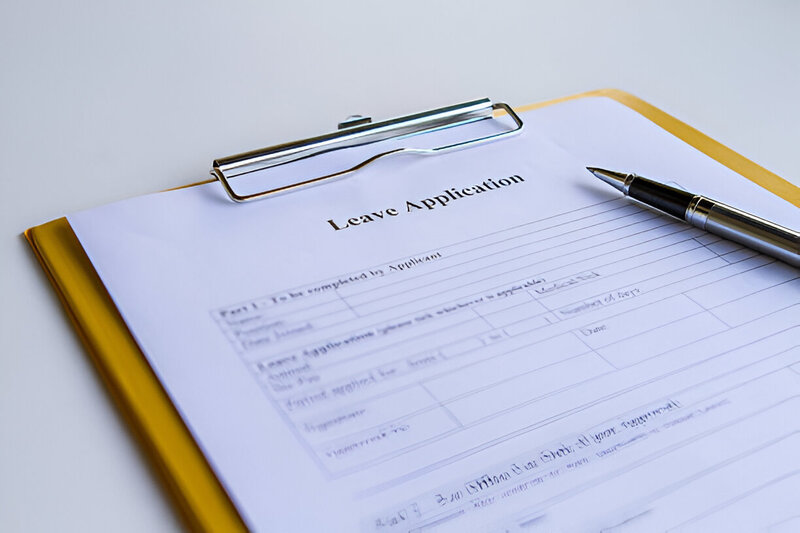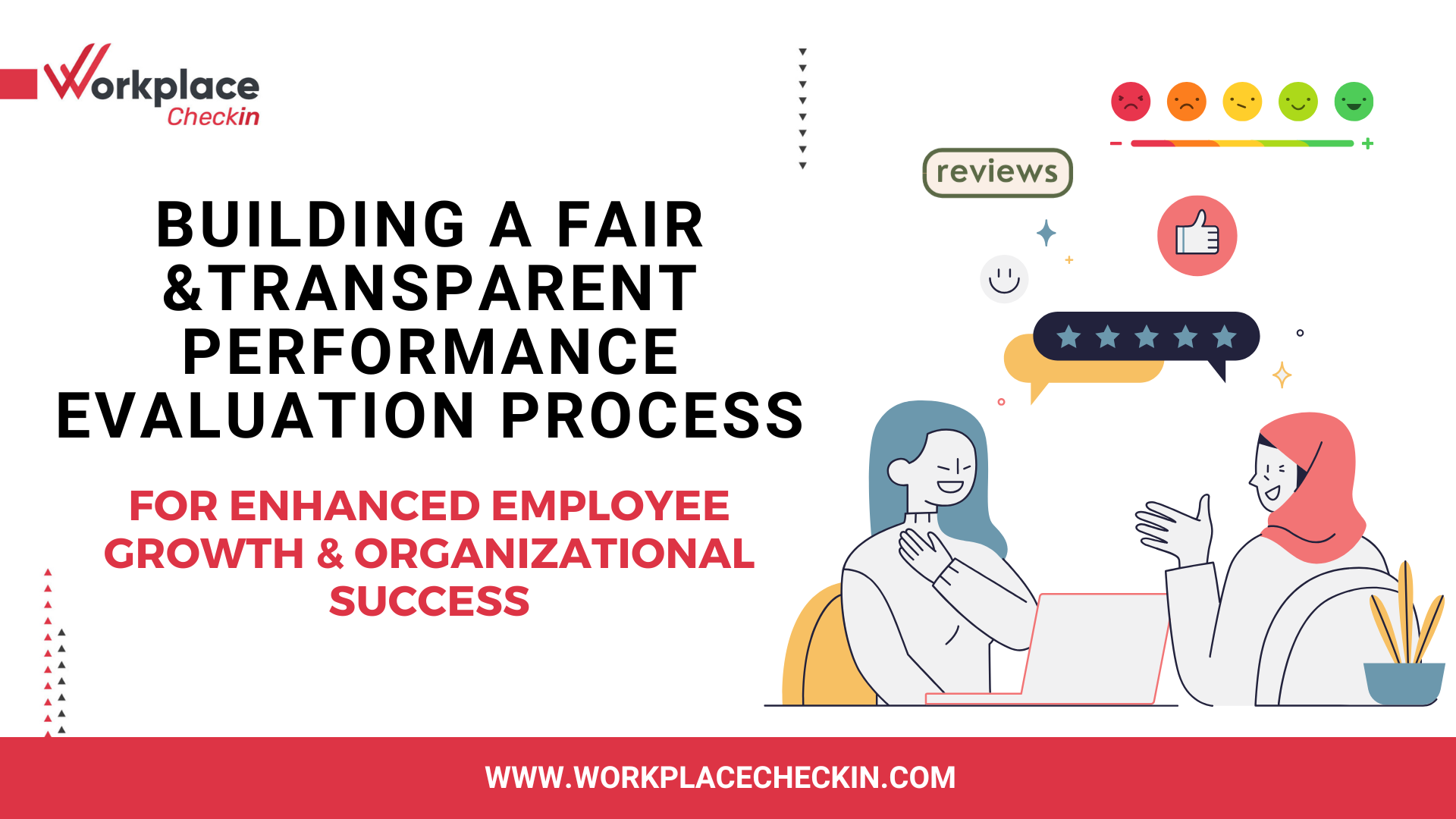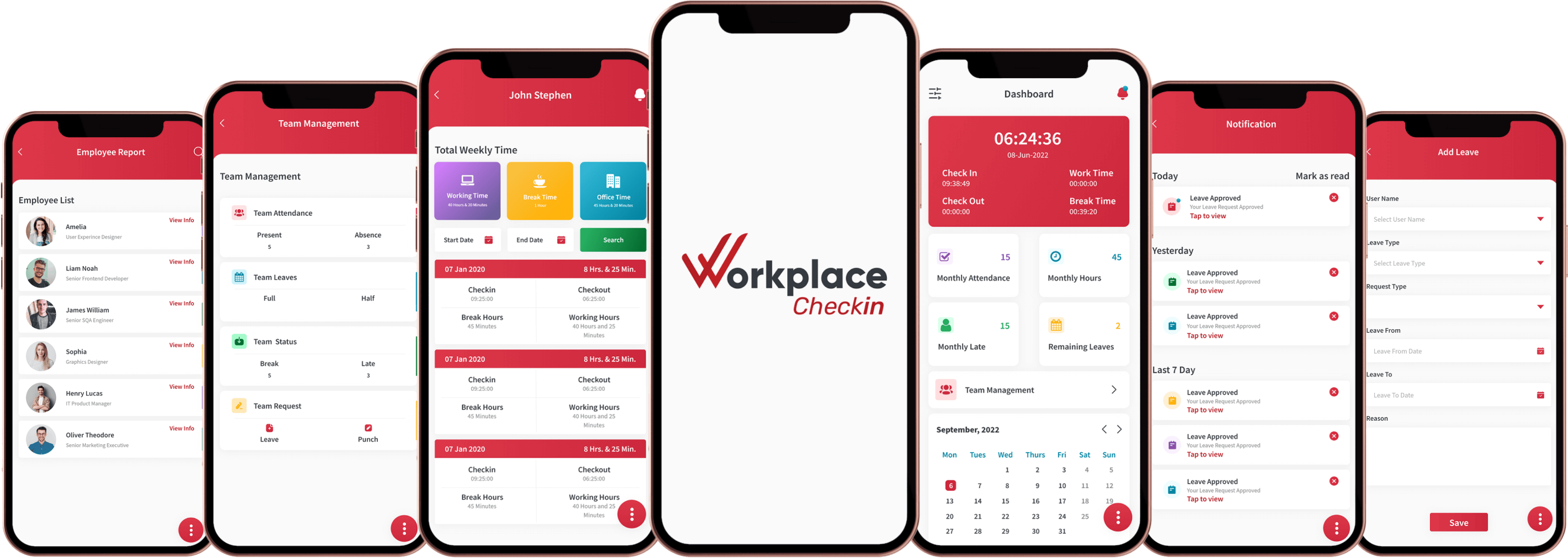

How to Create an Effective Leave Policy for Your Organization
Creating an effective leave policy is essential for any organization. It ensures that employees have clear guidelines on how to request time off, understand their entitlements, and helps employers manage absences systematically. Here’s a step-by-step guide to crafting a comprehensive leave policy that balances the needs of both employers and employees.
Step 1: Understand Legal Requirements
Understanding and complying with legal requirements is crucial in developing an effective leave policy. These requirements vary by country, region, and sometimes industry. Ensuring your leave policy adheres to relevant laws helps avoid legal issues and fosters a fair and compliant workplace. Here's a detailed breakdown of how to approach this step:
1.1 Research National and Local Labor Laws
National Labor Laws: Begin by researching the national labor laws that pertain to employee leave. These laws typically outline minimum standards for various types of leave, such as:
Annual Leave: Minimum number of paid vacation days, employees are entitled to per year.
Sick Leave: Requirements regarding paid or unpaid sick leave, including duration and any medical documentation needed.
Parental Leave: Entitlements for maternity, paternity, and parental leave, including unpaid leave provisions and job protection during leave.
Public Holidays: Statutory holidays that must be observed and whether employees are entitled to paid leave on these days.
Local Labor Laws: In addition to national laws, local or regional laws may impose additional requirements. These can include extra leave days, special leave types, or specific conditions for certain industries. Ensure you understand the local regulations applicable to your organization's location.

1.2 Understand Industry-Specific Regulations
Certain industries may have additional leave requirements mandated by regulatory bodies or labor unions. For example:
Healthcare: Regulations may mandate specific leave entitlements due to the demanding nature of the job.
Education: Teachers and academic staff might have different leave entitlements compared to administrative staff.
Public Sector: Government employees often have specific leave policies that differ from the private sector.
1.3 Review Relevant International Standards
If your organization operates in multiple countries or has a diverse workforce, you might also need to consider international standards and conventions, such as those set by the International Labour Organization (ILO). These standards can provide guidance on best practices for leave policies.
1.4 Consult Legal Counsel
Given the complexity of labor laws, it’s wise to consult with legal counsel to ensure your leave policy is compliant with all relevant regulations. A legal expert can help interpret the laws and provide specific advice tailored to your organization.
Step 2: Determine Leave Types
Identifying and defining the various types of leave your organization will offer is essential to create a comprehensive leave policy. This step involves understanding the different needs of employees and ensuring all potential leave scenarios are covered. Here’s how to approach this step:
2.1 Identify Common Leave Types
Start with the basic types of leave that most organizations offer:
Annual Leave: Paid vacation days for rest and recreation.
Sick Leave: Time off for illness or medical appointments.
Maternity/Paternity Leave: Time off for new parents around the birth or adoption of a child.
Bereavement Leave: Time off following the death of a loved one.
Personal Leave: Time off for personal reasons not covered by other leave types.
Public Holidays: Company-observed holidays.
Unpaid Leave: Optional unpaid time off for emergencies or other reasons.

2.2 Consider Additional Leave Types
Depending on your organization's size, culture, and industry, you might consider additional leave types such as:
Compassionate Leave: Time off to care for a sick family member.
Study Leave: Time off for educational purposes.
Sabbatical Leave: Extended time off for personal or professional development.
Jury Duty Leave: Time off to fulfill civic duties.
Volunteer Leave: Time off to participate in volunteer activities.
2.3 Define Each Leave Type
For each type of leave, provide a clear definition and include:
Purpose: The reason for the leave.
Eligibility: Any criteria employees must meet to qualify for the leave (e.g., length of service).
Duration: The maximum length of time employees can take for each type of leave.
Documentation: Any documentation or proof required (e.g., medical certificate for sick leave).
2.4 Ensure Flexibility
While it's important to have clear definitions, allowing some flexibility can accommodate employees' diverse needs. For example, you might allow employees to use a combination of leave types for unique situations.
Step 3: Establish Leave Entitlements
Once you have determined the types of leave your organization will offer, the next step is to establish clear leave entitlements. This involves defining how much leave employees are entitled to, how leave is accrued, and any conditions or limitations. Here’s a detailed approach:
3.1 Determine Accrual Rates
Decide how leave will be accrued:
Annual Leave: Will employees receive a set number of days per year, or will they accrue leave monthly?
Sick Leave: Will sick leave be granted as a lump sum annually, or will it accrue over time?
Other Leaves: For types like parental or bereavement leave, determine if these are granted as needed or accrued.
3.2 Set Maximum Limits
Establish caps on how much leave can be accumulated or carried over:
Carryover Policy: Decide if employees can carry over unused leave to the next year and, if so, how much.
Maximum Accumulation: Set a limit on how much leave can be accumulated to prevent excessive leave balances.
3.3 Define Eligibility Criteria
Clearly outline any eligibility requirements for each type of leave:
Length of Service: Specify if employees need to complete a certain period of employment before they are eligible for specific leaves.
Employment Status: Determine if part-time or temporary employees are eligible for the same leave entitlements as full-time employees.
3.4 Specify Conditions and Restrictions
Include any conditions or restrictions related to taking leave:
Advance Notice: Specify how much advance notice employees need to provide when requesting leave.
Approval Process: Define the process for requesting and approving leave, including any necessary documentation.
Concurrent Leave: Address how multiple leave types can be used concurrently (e.g., using sick leave during a period of annual leave for medical reasons).
3.5 Communicate Entitlements Clearly
Ensure that all employees understand their leave entitlements by:
Employee Handbook: Include detailed information about leave entitlements in the employee handbook.
Orientation: Explain leave entitlements to new hires during their onboarding process.
Regular Updates: Provide periodic reminders and updates about leave entitlements and any policy changes.

Step 4: Develop a Leave Request Process
Creating a straightforward and transparent leave request process is essential for managing employee absences effectively. This process should be easy for employees to understand and follow, while also ensuring that the organization can plan and manage workloads efficiently. Here's a detailed approach to developing a leave request process:
4.1 Define the Procedure
Outline the steps employees must take to request leave:
Request Submission: Specify how leave requests should be submitted (e.g., via an online system, email, or paper form).
Information Required: List the information employees need to provide, such as type of leave, dates, and reason for leave (if applicable).
Advance Notice: Establish guidelines for how far in advance leave should be requested, depending on the type of leave.
4.2 Create a Leave Request Form
Develop a standardized leave request form that includes all necessary fields:
Employee Information: Name, department, and employee ID.
Leave Details: Type of leave, start and end dates, and total days requested.
Reason for Leave: Space for employees to provide a reason, if required.
Manager’s Approval: Section for the manager or HR to approve or deny the request, including signature and date.
4.3 Implement an Online Leave Management System
Consider using an online leave management system to streamline the process:
Automated Workflow: Automate the approval workflow to ensure timely responses.
Tracking: Keep track of leave balances, requests, and approvals in one place.
Notifications: Send automatic notifications to employees and managers about the status of leave requests.
4.4 Communicate the Process
Ensure all employees are aware of the leave request process:
Training: Provide training sessions or materials during onboarding and periodic refreshers.
Documentation: Include detailed instructions in the employee handbook and on the company intranet.
4.5 Monitor and Improve
Regularly review the leave request process to identify areas for improvement:
Feedback: Gather feedback from employees and managers about the ease and efficiency of the process.
Adjustments: Make necessary adjustments based on feedback and changing organizational needs.

Step 5: Define Leave Approval Procedures
Establishing a clear and consistent leave approval procedure is crucial for ensuring fairness and transparency. This step involves outlining who is responsible for approving leave, how requests are reviewed, and how conflicts are resolved. Here’s a detailed approach:
5.1 Determine Approval Authority
Specify who has the authority to approve leave requests:
Direct Managers: Typically, responsible for approving leave for their direct reports.
HR Department: May be involved in approving certain types of leave, such as extended or special leave.
Upper Management: For high-level approvals or leave that affects critical projects.
5.2 Set Approval Criteria
Outline the criteria for approving or denying leave requests:
Workload: Assess the impact of the leave on the team’s workload and project deadlines.
Leave Balance: Ensure the employee has enough leave balance for the requested time off.
Compliance: Verify that the leave request complies with company policy and legal requirements.
5.3 Establish Response Times
Set clear timelines for responding to leave requests:
Standard Requests: Specify a standard response time for typical leave requests (e.g., within 5 business days).
Urgent Requests: Define a faster response time for urgent or emergency leave requests.
5.4 Handle Conflicts and Overlaps
Develop a procedure for handling conflicts or overlapping leave requests:
Priority System: Establish a system for prioritizing leave requests (e.g., first-come, first-served, or based on seniority).
Alternative Solutions: Offer alternative solutions, such as adjusting leave dates or arranging temporary coverage.
5.5 Document and Communicate Decisions
Ensure all leave decisions are documented and communicated clearly:
Written Approval/Denial: Provide written confirmation of leave approval or denial, including reasons if denied.
Leave Records: Maintain accurate records of all leave requests and approvals.
Step 6: Communicate the Policy
Effective communication of the leave policy ensures that all employees are aware of their entitlements and the procedures for requesting leave. This step involves making the policy accessible and providing regular updates. Here’s how to communicate the policy effectively:
6.1 Include in the Employee Handbook
Ensure the leave policy is thoroughly detailed in the employee handbook:
Comprehensive Information: Include all aspects of the leave policy, from types of leave and entitlements to the request and approval process.
Accessibility: Make the handbook easily accessible to all employees, both in print and online.
6.2 Introduce During Orientation
Present the leave policy during new employee orientation:
Detailed Overview: Provide a detailed overview of the leave policy, highlighting key points and answering any questions.
Support Materials: Offer printed materials or digital resources for future reference.
6.3 Use Multiple Communication Channels
Utilize various channels to communicate the leave policy to all employees:
Email Announcements: Send email announcements highlighting important aspects of the leave policy.
Intranet: Post the leave policy on the company intranet or internal portal.
Meetings and Trainings: Discuss the leave policy during team meetings and training sessions.
6.4 Provide Regular Updates
Keep employees informed about any changes to the leave policy:
Timely Notifications: Notify employees promptly about any updates or changes to the leave policy.
Clear Explanations: Provide clear explanations of what has changed and how it affects employees.
6.5 Encourage Open Communication
Foster an environment where employees feel comfortable asking questions about the leave policy:
HR Support: Ensure HR is available to answer questions and provide clarifications.
Feedback Channels: Offer channels for employees to provide feedback or express concerns about the leave policy.

Step 7: Monitor and Review
Regularly monitoring and reviewing the leave policy ensures it remains effective and relevant. This step involves gathering feedback, assessing compliance, and making necessary adjustments. Here’s how to approach monitoring and reviewing the leave policy:
7.1 Gather Feedback
Collect feedback from employees and managers about the leave policy:
Surveys: Conduct periodic surveys to gather opinions on the leave policy’s effectiveness and clarity.
Focus Groups: Organize focus groups to discuss specific aspects of the leave policy in more detail.
One-on-One Meetings: Encourage managers to discuss the leave policy during performance reviews or one-on-one meetings.
7.2 Assess Compliance
Ensure the leave policy complies with current laws and regulations:
Legal Review: Regularly review the policy with legal counsel to ensure compliance with labor laws and industry standards.
Internal Audits: Conduct internal audits to check for consistent application of the leave policy.
7.3 Analyze Leave Data
Analyze data on leave usage to identify trends and areas for improvement:
Usage Patterns: Identify patterns in leave usage, such as peak times for leave requests.
Impact on Operations: Assess the impact of leave on operational efficiency and productivity.
7.4 Make Adjustments
Based on feedback and analysis, make necessary adjustments to the leave policy:
Policy Updates: Update the policy to address any identified issues or changes in legal requirements.
Improvement Initiatives: Implement initiatives to improve the leave process, such as better leave management tools or additional leave types.
7.5 Communicate Changes
Ensure employees are informed about any changes to the leave policy:
Announcements: Make announcements about policy changes via email, meetings, and the company intranet.
Revised Documentation: Provide updated versions of the leave policy in the employee handbook and online resources.
Sample Leave Policy Template
To help you get started, here’s a basic template for a leave policy:
Company Leave Policy
Purpose
To provide guidelines on the various types of leave available to employees and the procedures for requesting and approving leave.
Types of Leave
Annual Leave: Employees are entitled to [number] days of paid annual leave per year.
Sick Leave: Employees are entitled to [number] days of paid sick leave per year.
Maternity/Paternity Leave: [Outline duration and conditions].
Bereavement Leave: [Outline duration and conditions].
Personal Leave: Employees may request personal leave for reasons not covered by other types of leave.
Public Holidays: The company observes the following public holidays: [List holidays].
Unpaid Leave: Unpaid leave may be granted at the discretion of management.
Leave Entitlements
- Annual leave accrues at a rate of [rate].
- Sick leave is granted based on [criteria].
- Maternity/paternity leave is available after [period of employment].
Leave Request Process
- Submit a leave request form to [manager/HR] at least [timeframe] in advance.
- For urgent leave, notify [manager/HR] as soon as possible.
Approval Procedure
- Leave requests will be reviewed by [manager/HR].
- Employees will receive a response within [timeframe].
Policy Review
- This policy will be reviewed annually and updated as necessary.
Conclusion:
Creating an effective leave policy is crucial for a supportive and efficient workplace. Ensure compliance with legal requirements, define clear procedures, and communicate the policy well. Regularly review and update the policy to keep it relevant. A well-crafted leave policy supports both employee well-being and organizational goals, fostering a positive work environment.






